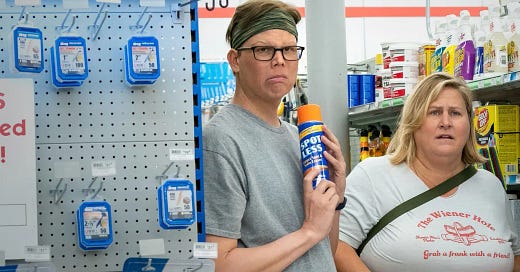Hello, I am on vacation. So please enjoy this review of two of my favorite bits of television I’ve seen. One was seen on HBO and the other in the Cedar Rapids library. It’s come to my attention, that while on my vacation Twitter has broken down entirely. So please share this email by forwarding it to friends, neighbors, and enemies. And thank you for su…
© 2025 Lyz Lenz
Substack is the home for great culture



